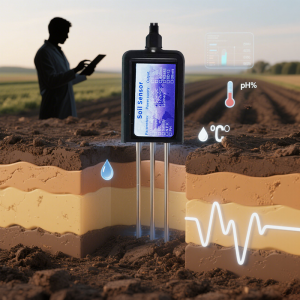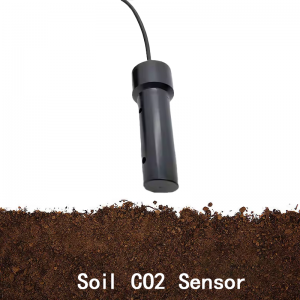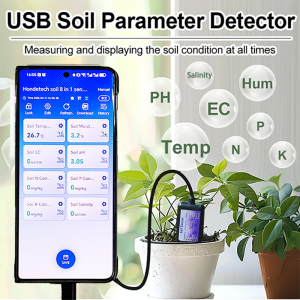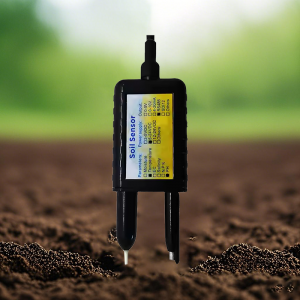With the rapid development of smart agriculture, soil sensors, as the core equipment of precision agriculture, their data accuracy directly affects agricultural production decisions. The latest research shows that calibration technology and precision control have become key factors affecting the reliability of soil sensor data, and this issue is receiving extensive attention from the industry.
Calibration technology: The first line of defense for data accuracy
The calibration of soil sensors is a fundamental step to ensure the accuracy of data. Studies show that the monitoring data error of uncalibrated sensors can be as high as 30%, while after professional calibration, the error can be controlled within 5%. At present, the mainstream calibration methods include laboratory calibration and on-site calibration.
“Sensor calibration is not a one-time process,” said an expert from the Chinese Academy of Agricultural Sciences. “Regular calibration is required based on different soil types, humidity ranges and temperature conditions to ensure the accuracy of the data.”
Environmental factors: Influential elements that cannot be ignored
The inherent characteristics of the soil have a significant impact on the accuracy of the sensor. The salt content in the soil will directly affect the measurement of electrical conductivity, while changes in soil temperature will influence the readings of humidity sensors. In addition, the compactness and pH value of the soil can also interfere with the monitoring results.
Research has found that when the soil temperature is within the range of 5 to 35℃, the accuracy of the humidity sensor is the highest. If it exceeds this range, temperature compensation calibration is required. This is also the reason why high-end soil sensors are all equipped with built-in temperature sensors.
Technical parameters: The key to distinguishing precision grades
Sensors of different precision grades show significant differences in monitoring data. Laboratory-grade sensors can achieve a measurement accuracy of ±2%, while the accuracy of agricultural-grade sensors is usually around ±5%. This difference in precision directly affects the quality and reliability of data collection.
“When choosing sensors, one should not only look at the price,” pointed out the person in charge of the HONDE smart Agriculture project. “The appropriate accuracy level should be selected based on the actual application scenarios.” For instance, scientific research projects require sensors of higher precision, while for field planting, agricultural-grade sensors are sufficient.
Installation and maintenance: Important factors affecting long-term stability
The correct installation method and regular maintenance also affect the accuracy of the sensor’s data. When installing, pay attention to the tightness of contact between the sensor and the soil to avoid creating gaps that may affect the measurement results. In addition, regularly cleaning the surface of the sensor to prevent salt crystallization and soil adhesion is also a necessary measure to maintain accuracy.
“We recommend on-site calibration once every quarter,” technical experts said. “Especially after applying fertilizers or pesticides, it is even more necessary to check the accuracy of the sensors.”
Solution: An effective way to enhance data accuracy
To enhance data accuracy, the industry has introduced a variety of solutions. This includes the adoption of multi-parameter fusion technology to simultaneously measure multiple parameters such as soil temperature, humidity, and electrical conductivity, and to mutually correct them through algorithms. Develop an adaptive calibration algorithm to automatically adjust parameters according to environmental changes; And establish a remote calibration system to achieve online calibration without interruption of monitoring.
These technological innovations have significantly enhanced the data accuracy of modern soil sensors, providing more reliable data support for precision agriculture.
With the continuous advancement of technology, the accuracy and reliability of soil sensors are constantly improving. Experts suggest that when users choose and use sensors, they should attach great importance to calibration work, conduct regular accuracy tests, ensure the accuracy of monitoring data, and provide a scientific basis for agricultural production.
For more soil sensor information,
please contact Honde Technology Co., LTD.
WhatsApp: +86-15210548582
Email: info@hondetech.com
Company website: www.hondetechco.com
Post time: Sep-22-2025





